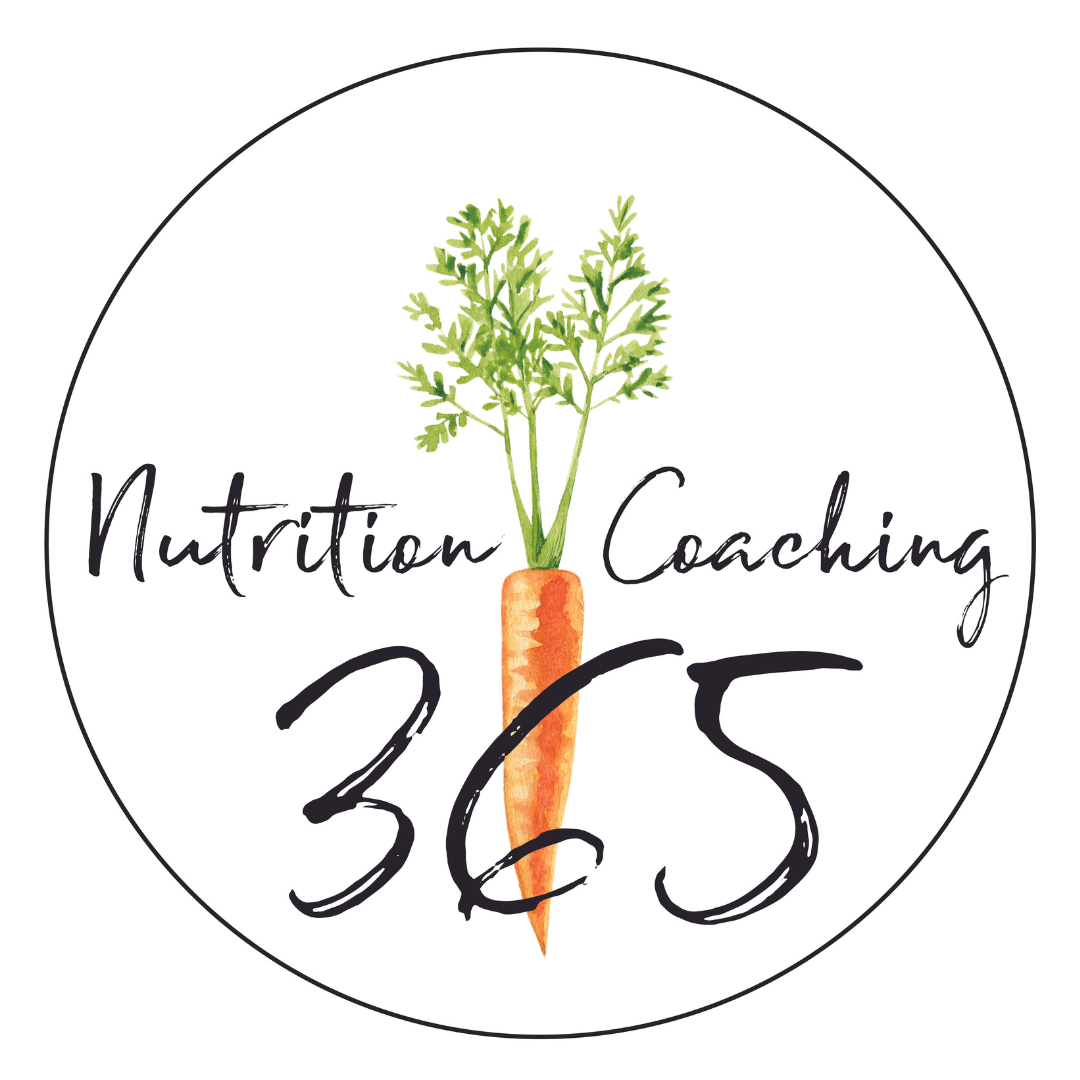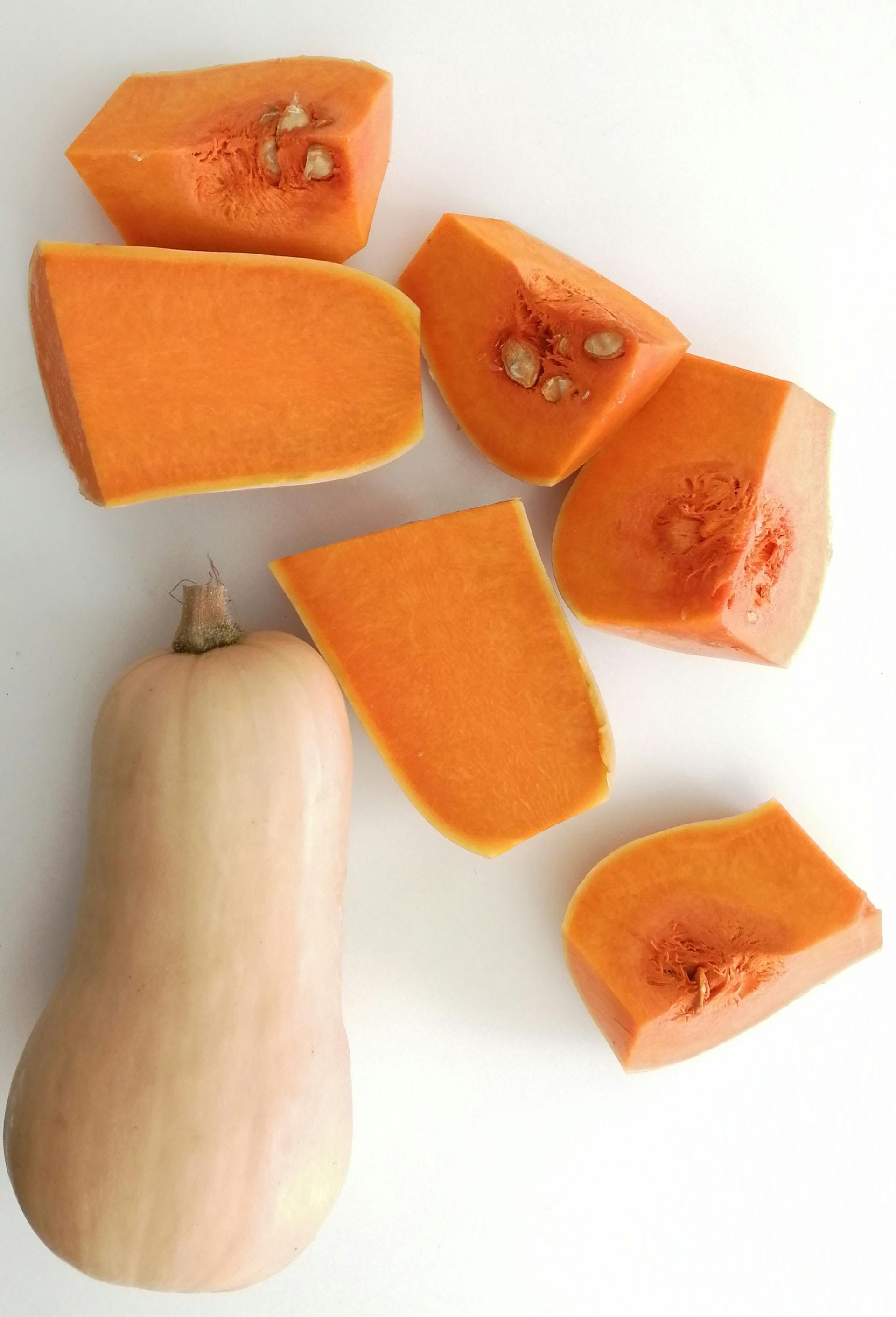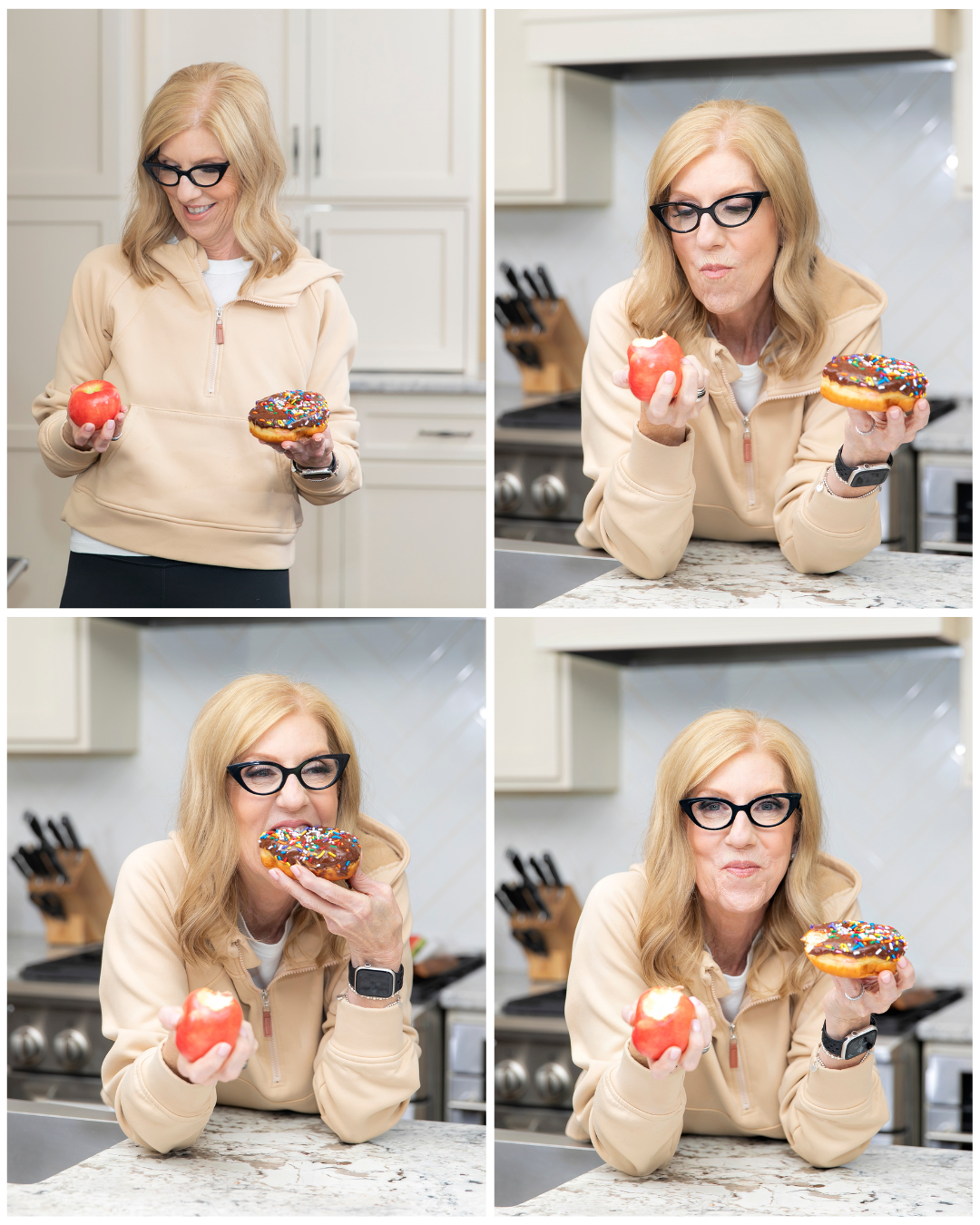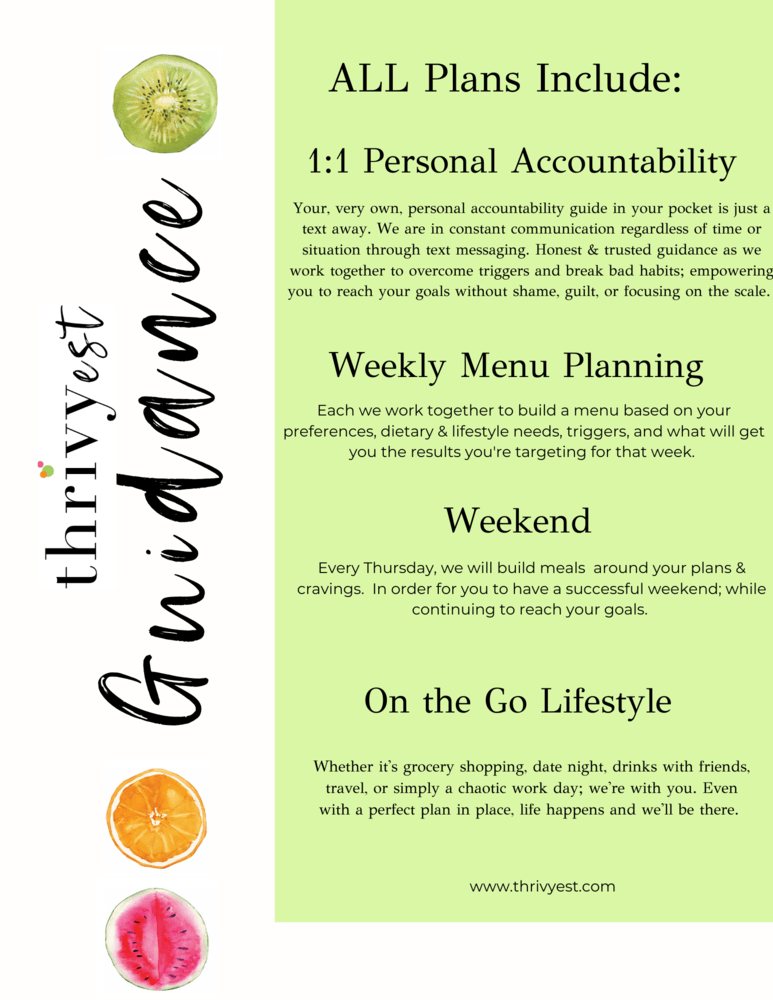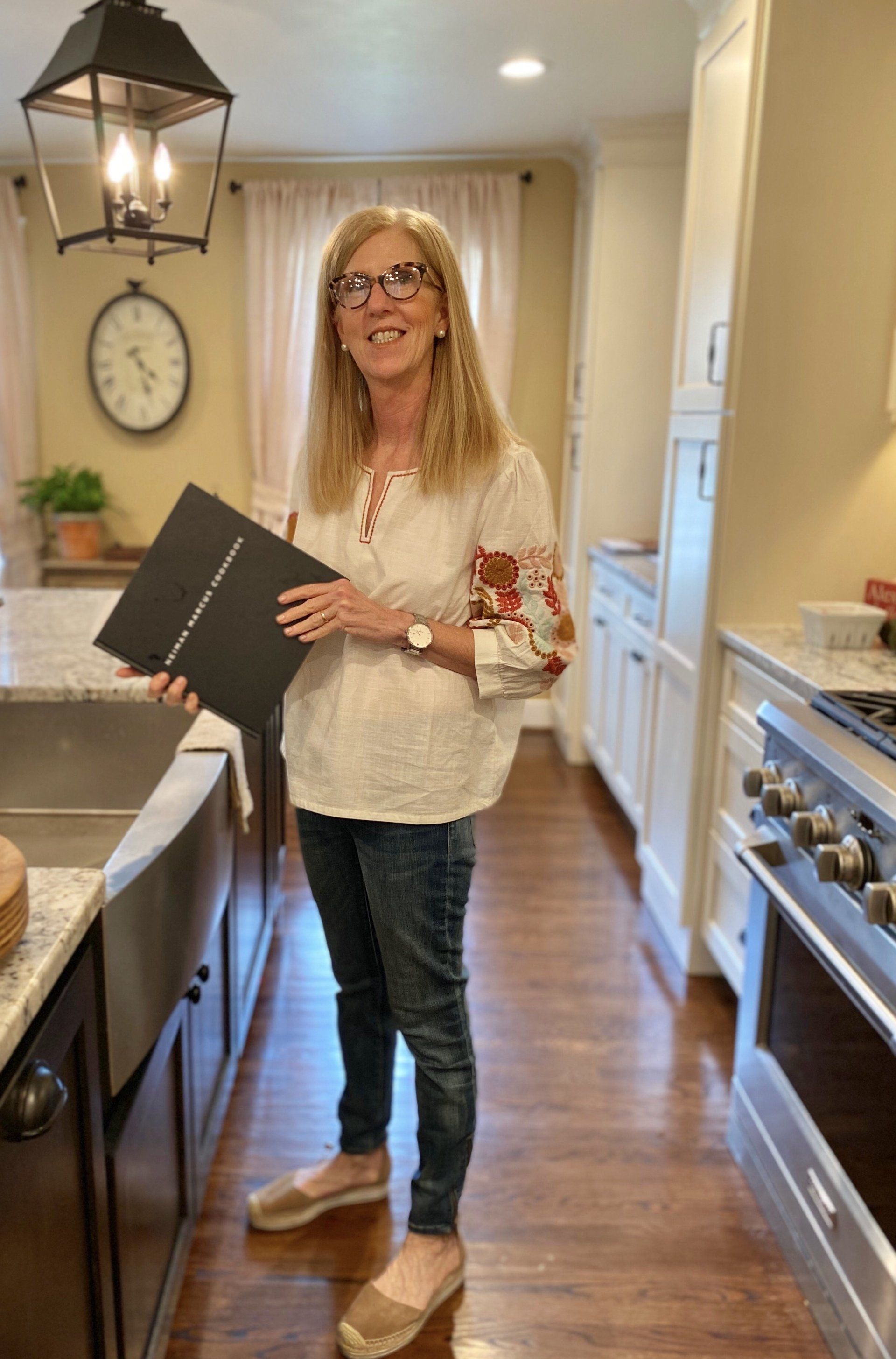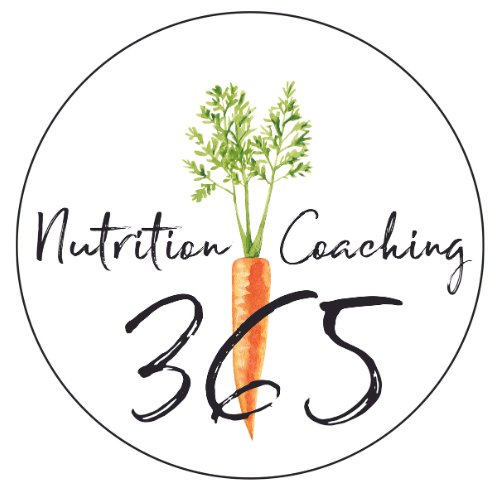The Comfort Food Con: Why Emotional Eating Won’t Fix What’s Missing
Feeding Feelings:
Why Comfort Food Can’t Satisfy the Soul
If you’re like me, you’ve had those nights when, once the kids are in bed or when your partner is traveling, a familiar loneliness creeps in. And I’ll be honest: the answer has often been waiting in the kitchen. Cookies, ice cream, chocolate chips, whatever I can find. I know the frustration of trying to fill that void with food, only to feel empty again as soon as the last bite is gone. If you’re on a similar path, I want you to know you’re not alone, and there’s so much more to explore about how we can heal beyond what’s in the pantry.
Let me take you back to the beginning of my story. I moved multiple times as a kid, each new school bringing that ache of feeling like an outsider. The hardest move was halfway through my senior year of high school, right when it felt like I should be celebrating with friends, looking toward graduation. Instead, I was starting over again, feeling like I didn’t belong. In those lonely times, food became a quiet friend—something I could rely on to ease the discomfort and sense of not fitting in.
As I got older, emotional eating showed up more often in my life, especially during the tough seasons. There was a painful broken engagement that left me feeling lost, not to mention moments I never could have prepared for, like when my dad had a massive heart attack and stroke, and my mom suffered a brain aneurysm.
Those experiences shook me, and my old comfort—food—was there, ready to help me cope, even if it couldn’t really heal anything.
But emotional eating only takes us so far, and often in the wrong direction. That lonely ache, that need for comfort, only finds a short-lived balm in food. Let’s dive into how emotional eating plays out and why it never truly fills the void.
Understanding Emotional Eating:
More Than Just Hunger
Emotional eating isn’t about satisfying physical hunger; it’s a response to emotions we can’t easily express or manage. You might be reaching for that ice cream because it feels like comfort on a lonely night, or that bag of chips might provide a sense of control in a life that sometimes feels beyond control.
If you’re like me, this kind of eating might come when:
- The kids are finally in bed, and silence fills the house.
- You’re alone on nights when your spouse or partner is away, and the evenings feel empty.
- You’re feeling the weight of big life events—like when I thought of my parents’ health scares and how that fear seemed to cling to me.
At the root, emotional eating can be tied to a sense of emptiness or loneliness, making us reach for something immediate, like food. But as you’ve probably noticed, food only brings comfort for a fleeting moment. And then, before long, the same feelings come rushing back.
Why Food Fails to Fill the Void
Food seems like a quick answer, but it’s only a Band-Aid. I’d find myself digging through the kitchen, hunting for something to eat, but what I was really searching for was comfort, connection, and belonging—things I’d struggled with for so long.
Here’s why food falls short:
- The Comfort Doesn’t Last
You’ve probably noticed that after finishing your favorite treat, the loneliness or stress doesn’t actually go away. I’d sit there feeling guilty, even emptier than before. The truth is, food is designed to fuel the body, not the heart or mind. - Physical vs. Emotional Hunger
Emotional hunger feels intense and often brings cravings for specific comfort foods. When the urge to eat isn’t coming from genuine physical hunger, no amount of snacking will bring satisfaction. - It Creates a Cycle
Emotional eating can quickly turn into a vicious cycle. You eat to cope, then feel guilty about eating, and that guilt pushes you to eat even more. This cycle can spiral, keeping you locked into patterns that make it harder to address the real issues underneath.
Breaking Free:
Steps to Overcome Emotional Eating
Breaking free of emotional eating requires something deeper than sheer willpower. It’s about listening to yourself, truly recognizing your needs, and finding ways to meet those needs without reaching for food.
1. Acknowledge and Identify Your Triggers
Becoming aware of your triggers is essential. I started noticing that my cravings spiked whenever I was feeling particularly lonely, especially after those big family moves or during periods when my husband was traveling. Keeping a journal helped me connect the dots, revealing moments where food was replacing comfort or companionship.
Try jotting down your emotions and thoughts each time you feel the urge to eat emotionally. Common triggers might include:
- Feelings of loneliness when everyone else is busy or asleep
- Stress or fear when facing family challenges, like I did with my parents’ health scares
- Boredom during quiet hours when distractions fade
Recognizing these patterns helped me get to the root cause of my cravings and start building strategies to manage them in healthier ways.
2. Practice Mindful Eating
Mindfulness, which I used to think was just for meditation, has become one of my most valuable tools in eating. Practicing being aware of eating helps me slow down and genuinely listen to my body instead of rushing to fill an emotional gap with food. Here’s how I started:
- Eating Slower: Taking small bites and pausing helps bring attention back to the experience.
- Limiting Distractions: I try to sit down at the table and focus on my meal, avoiding distractions.
- Noticing Each Bite: Savoring the flavors and textures reminds me of the purpose of food, bringing awareness to whether I’m truly hungry.
It’s helped me separate physical hunger from emotional hunger, making it easier to walk away when I realize food isn’t what I actually need.
3. Replace Emotional Eating with Healthy Coping Mechanisms
I had to discover other ways to manage my emotions without turning to food. Here are some alternatives that have been powerful in my life:
- Journaling: Writing down my feelings, praying through them—especially after those big moves, heartbreak, and family health scares—has been cathartic.
- Walking or Exercise: Even a short walk around the block lifts my mood and helps me process stress without reaching for snacks.
- Calling a Friend: If I’m lonely, a call or even a quick message with a friend provides the connection I’m truly craving.
Finding ways to replace food with these alternatives has been transformative. Now, when I feel that familiar urge to reach for comfort food, I ask myself, “What do I actually need right now?”
4. Set Realistic, Positive Goals
Breaking old habits takes time, and it’s crucial to set realistic, compassionate goals. Instead of expecting perfection, I began setting small goals, like journaling when I was feeling overwhelmed or going for a walk instead of grabbing a snack. Celebrating these small wins has kept me motivated, showing me that real change is possible.
Embracing Self-Compassion Over Criticism
I used to be my own worst critic, judging myself harshly when I turned to food for comfort. But I’ve learned that self-compassion is far more powerful than criticism. Whenever I find myself slipping back into old patterns, I remember to treat myself kindly, acknowledging that old habits don’t change overnight.
Building a Supportive Environment
Sometimes, creating a supportive environment is all it takes to avoid temptation. Now, instead of keeping junk food at hand, I stock the kitchen with healthy snacks like fruits or yogurt. I also created a quiet space in my home where I can journal or meditate when I’m feeling overwhelmed, making it easier to cope without resorting to food.
Final Thoughts
Addressing emotional eating isn’t just about changing what’s on your plate; it’s about rewriting a story that’s often deeply personal. My journey with emotional eating has been shaped by feelings of loneliness, fear, and loss—moments when food seemed like the easiest, most accessible comfort. But the truth is, real comfort comes from facing those feelings and seeking connections that truly fill us up.
If you’re finding yourself caught in a similar cycle, know that you’re not alone. You deserve real connection, self-compassion, and the fulfillment that comes from nurturing yourself in ways that last. Taking that first step might be challenging, but every small change brings you closer to a life where food is just food, and your heart is genuinely full.
As always, I am here for YOU. I genuinely care and it is my privilege to share the journey with you.
YOU ARE CAPABLE OF LIVING YOUR HEALTHIEST & HAPPIEST LIFE.
If you’re looking to create healthy habits to gain more energy, improve your sleep + shed a few pounds, you’ve landed in the right place.
Recent Posts
Meet Emily
I love encouraging + inspiring others to reach their healthiest lives through food, fitness + gratitude. As a holistic nutritionist + the founder of Thrivyest, I am passionate about creating habits to help you to live longer + thrive. To thrive in body, mind + soul through personalized, simple + practical steps ensuring you gain more energy, clarity + confidence! Let's connect!
